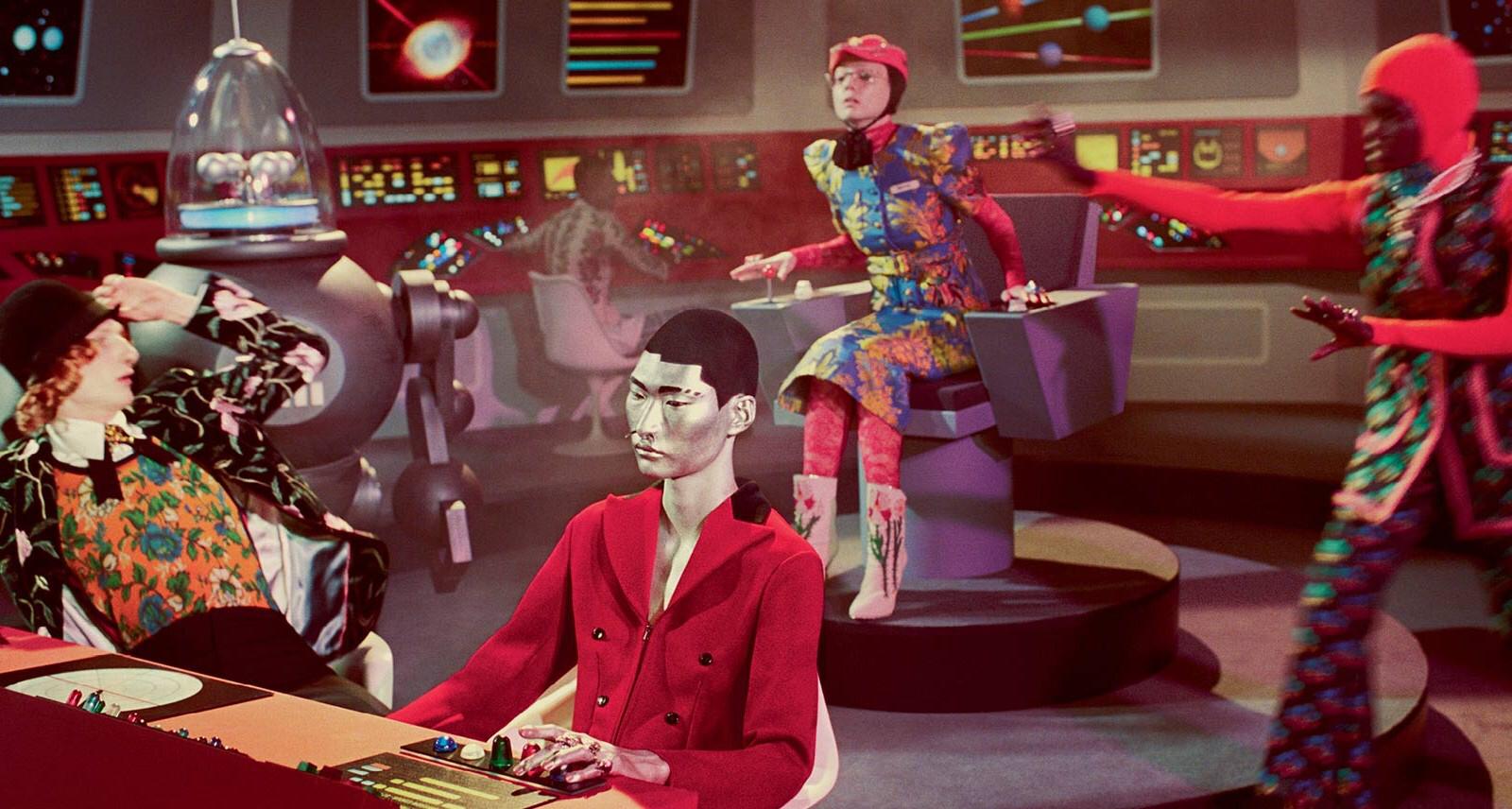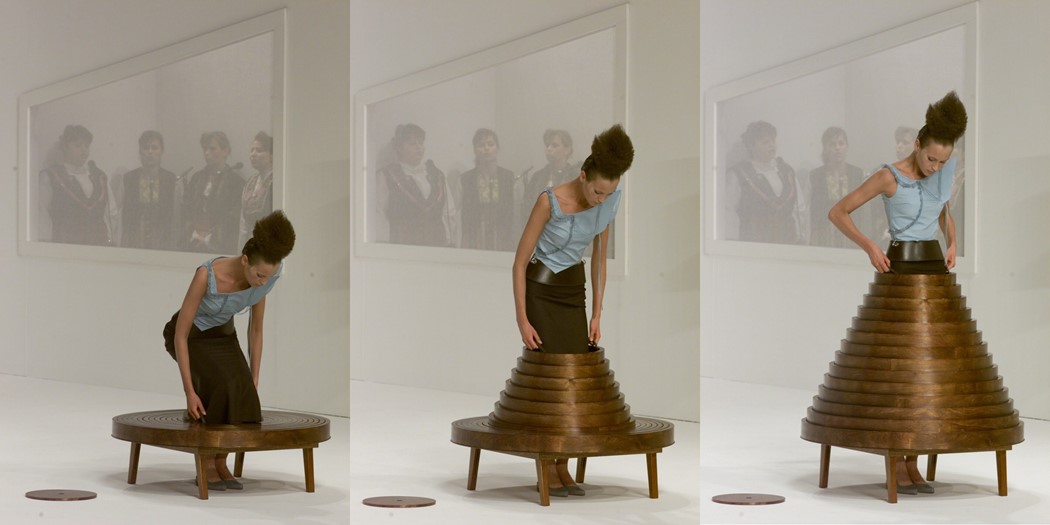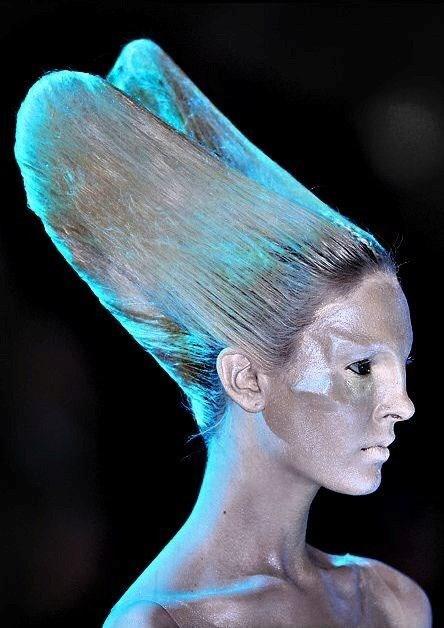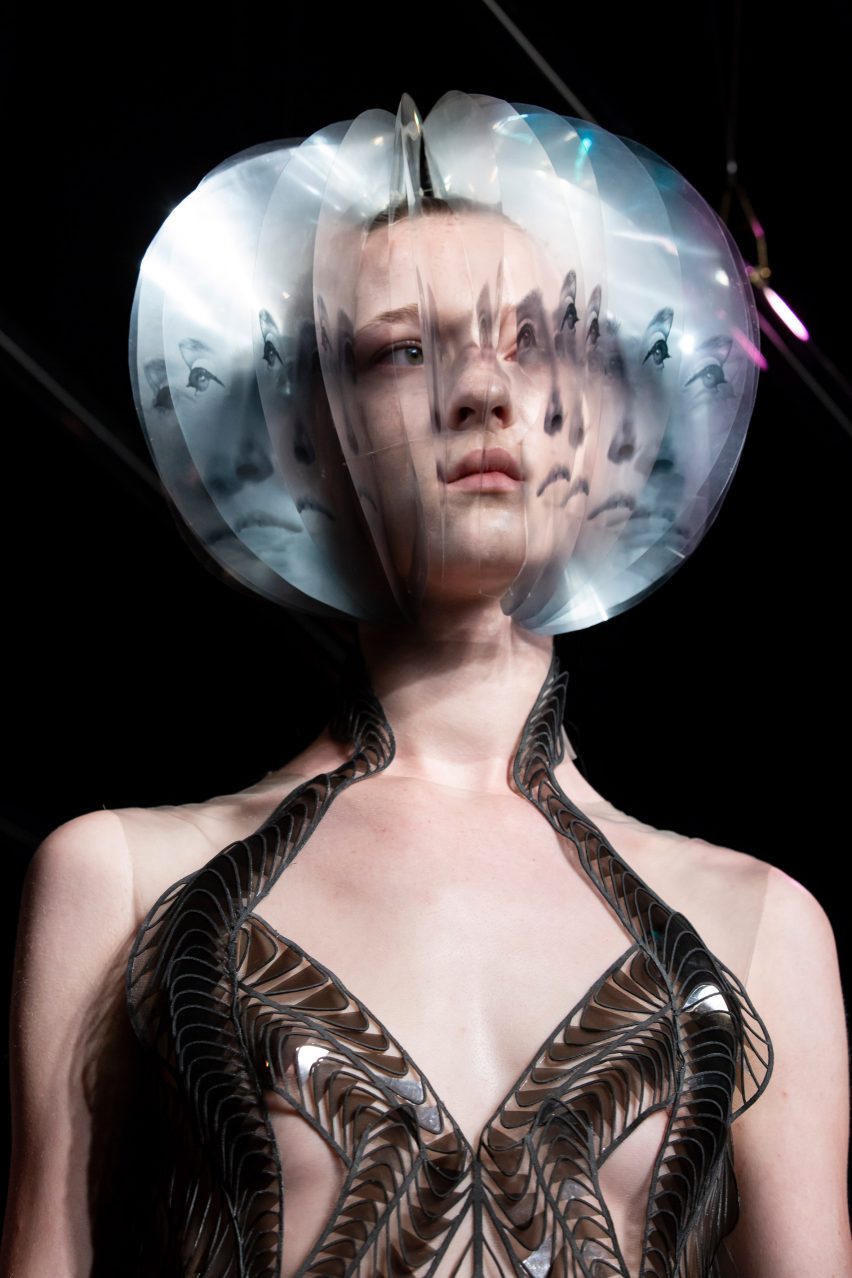How we imagine the Future: The story of Science-Fiction Art and Cinematography, and how it inspires the Fashion Industry
During the late 19th century and throughout the 20th century, as technology progressed and many revolutionary innovations in transportation, communication and design came to be, creative minds began imagining increasingly intricate visions of the future. Many of us are familiar with the fictional worlds of The Matrix, Star Wars or Blade Runner, but only few of us are familiar with the artists that conceptualised them. Moreover, another important aspect appears in science-fiction literature and cinema – imagining clothing.
The very first instance of science-fiction could be considered that of “A True Story” by Syrian-Greek satirist Lucian of Samasota in the second century AD, which talked about outer space, alien life-forms and interplanetary wars. However, the uniformly agreed upon beginnings of science-fiction would be attributed to the works of Jules Verne and H.G. Wells. Consequently, the first cinematographic work of science-fiction is considered to be Le Voyage dans la Lune by Georges Méliès, which took inspiration upon Jules Verne and H.G. Wells. Ever since then, science-fiction has become one of the most popular and creative literary and cinematic genres.
“La Sortie de l’Opéra en l’an 2000”, drawn by Albert Robida in 1882
Since science-fiction art appeared during the late 1800s and throughout the 1900s, it could be considered as modern or contemporary art. However, you will very rarely see (if not ever) pieces of science-fiction art exposed in modern or contemporary galleries and museums. Why is that so? There is no formal answer, but there is a reason: most science-fiction art was ordered for the cover of science-fiction novels and magazines, appeared in comics or was only used as concept art for movies. It remained an extremely niche genre until the late 1930s, when the Golden Age of Science Fiction started, bringing it to the public eye. Therefore, this genre of art was never really destined to be in your average gallery or museum, nor sold in the streets by some bohemian artist.
We all know the acclaimed science-fiction producers and directors James Cameron, Ridley Scott, George Lucas or The Wachowski Sisters, but who are the artists that inspired or designed the visuals for their movies? The Swiss painter H.R. Giger was the artist behind the dark aesthetic of the Alien franchise, and developed concept art for the never finished Dune adaptation by Jodorowsky. John Berkey made the concept art for the the original Star Wars trilogy, and worked most of his life as a freelance artist, with some of his work appearing in posters, book covers and movies. Robert McCall designed the promotional art for 2001: A Space Odyssey, and was involved in the first Star Trek movie – he also worked alongside the NASA. Although uncredited, the French comic artist Jean-Claude Mézières had a clear influence of the original Star Wars series, with his comic Valérian and Laureline, with his character and spaceship designs. Other extremely influential artists are those behind Japanese science-fiction mangas and animes, such as the 1988 film Akira, who’s art director was Toshiharu Mizutani.
The similarities between the works of J.C. Mézières and the Star Wars movies
Lastly, it is interesting to look at the impact of science-fiction on the fashion industry. Some designers fantasize about traveling back in time whilst others seek out future worlds. Nicolas Ghesquière, for example, referenced Tron in his collections for Louis Vuitton and Balenciaga - “I was thinking of robotic articulation. Car parts. Droids. A boyish silhouette…”. The Matrix inspired a Dior Haute Couture show presented in Versailles in 1999, and Alexander Wang often takes inspiration from science-fiction movies. As for Alexander McQueen, the AW99 season during his time at the helm of Givenchy held on “the brink of the millennium”, as his show saw models channel robots, their bodysuits covered in neat configurations of LED lights which conjured visions of a human circuit board. Moreover, costume designers on the set of sci-fi movies play a big role in the way we view future fashion – post-apocalyptic worlds see people wearing loose, organic and practical attire whilst worlds of space exploration and alien contact see the increased use of skin-tight clothing, with the incorporation of technology within those thin layers of clothing, as well as moulded metal. Who knows how we will be dressing in 2251? It really is fascinating to imagine what the future holds for us…
Other instances of Science Fiction inspiration in Fashion:
Fecal Matter
Marine Serre F/W 2019
Hussein Chalayan F/W 2000
Alexander McQueen SS2010
Iris Van Herpen Fall 2018








